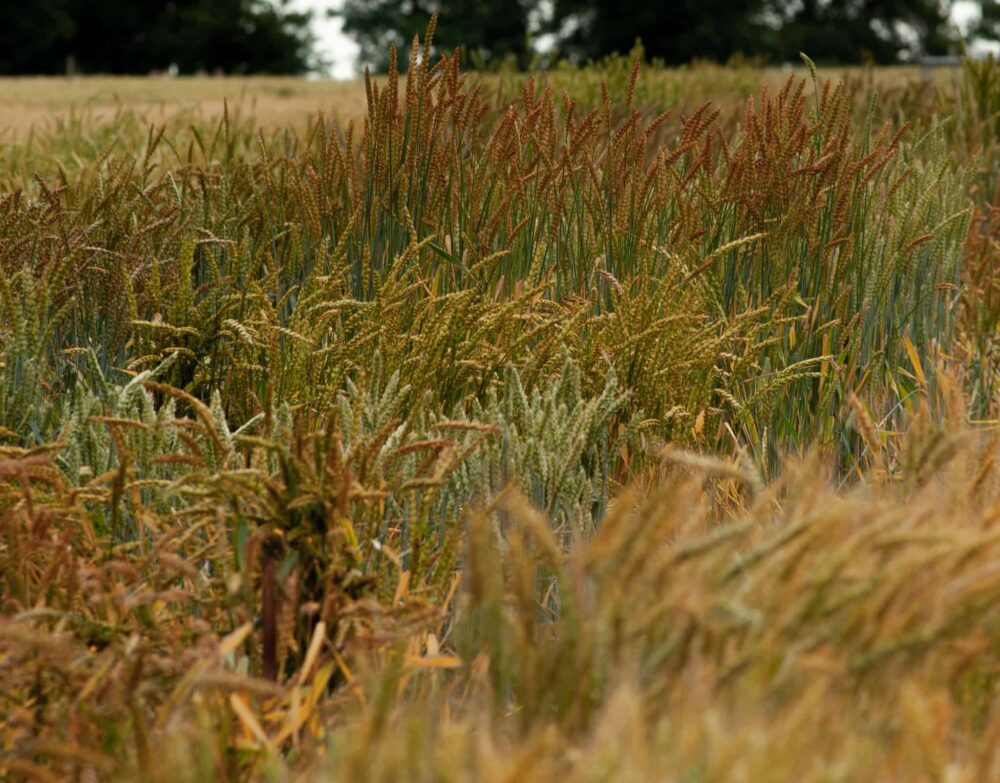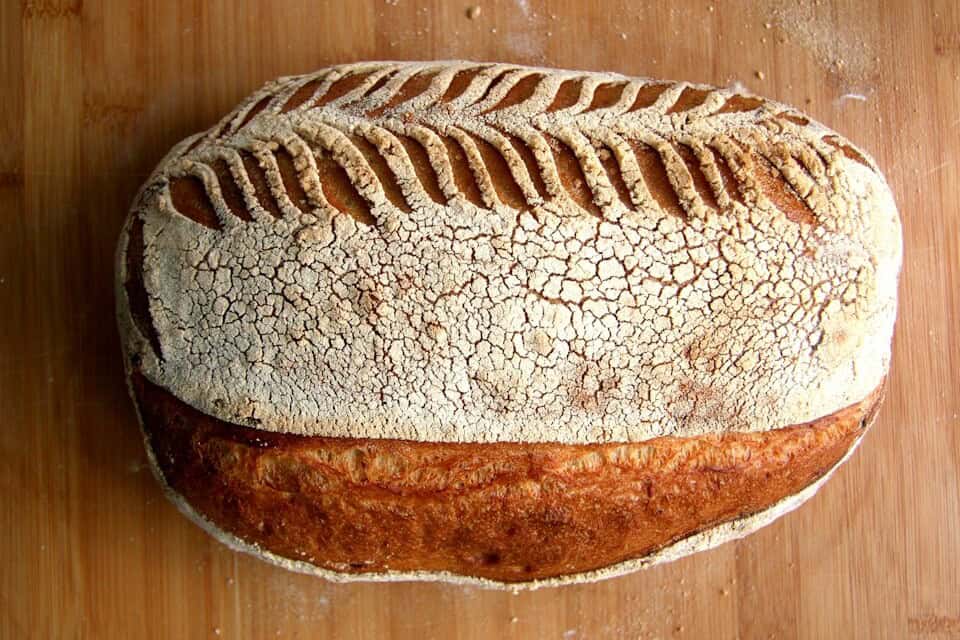A decade-long collaborative study has discovered huge genetic potential that is untapped in modern wheat varieties
Researchers have unearthed a genetic ‘goldmine’ in a century-old collection of lost wheat samples, which could help solve the conundrum of feeding our increasingly populous planet.
A collaborative effort between scientists at the UK’s John Innes Centre (JIC) and the Agricultural Genomics Institute (AGI) in Shenzhen, China, revealed that as much as 60% of the genetic diversity found in historic wheat landraces is missing from modern varieties.
The discovery opens up opportunities for breeding new strains with better yields, lower emissions and – good news for beleaguered British farmers – improved slug resistance.
“You have to capture as much natural diversity as possible,” said the JIC’s Dr Simon Griffiths, one of the project leads. “The missing 60% discovered in this study is full of beneficial genes that we need to feed people sustainably.”
Around a fifth of calories consumed globally come from bread wheat, but in some regions the cereal accounts for as much as half. However the climate crisis and novel diseases pose a twin threat to wheat crops, with modelling predicting yields will decline in African and South Asian countries by up to 16% by the mid-century.
The collection was hoarded by visionary Cambridge University plant scientist Arthur Watkins in the 1920s amid a surge of plant breeding, which threatened to erode diverse genetic traits dating back thousands of years.
To ensure the 827 samples remained viable, they were periodically grown, stored and catalogued by a succession of scientists over the last century
Watkins wrote to contacts all over the globe, asking them to send him grain from markets and local farms, gathering hundreds of landraces from 32 countries. To ensure the 827 samples remained viable, they were periodically grown, stored and catalogued by a succession of scientists over the last century, before arriving in the care of the JIC.
Griffiths has been working with the collection since 2007, but it was his recent collaboration with Prof Shifeng Cheng that led to the genetic breakthrough.
Cheng’s team spent five years DNA sequencing every one of the 827 wheat types, discovering a treasure trove of untapped traits that had been discarded by modern breeding.
“Watkins’ collection was always waiting for the technology to catch up,” Griffiths told Positive News. “The basic question for us was: did modern breeding capture all the useful traits and variation that was available in the landraces?
“The answer is ‘no’. It turned out there’s lots of useful genetic variation in the material. We found amazing traits – that’s why we call it a goldmine.”
Griffiths explained that modern wheats were largely developed in central and western Europe and failed to capture the genetic variety of grain from Asia and the Middle East.
The Watkins landraces are packed full of useful variation that is simply absent in modern wheat, and it is imperative to deploy this into modern breeding
Among the treasures uncovered in the Watkins collection are genes controlling the amount of nutrients in grain. Another makes more efficient use of nitrogen-based fertilisers and inhibits the release of nitrous oxide, a powerful greenhouse gas.
Griffiths said the project also discovered resistance to wheat blast, a relatively new fungal disease threatening food security in the South American and South Asian tropics.
“We’ve found that the Watkins landraces are packed full of useful variation that is simply absent in modern wheat, and it is imperative to deploy this into modern breeding,” Griffiths added.
Main image: Luca Huter

